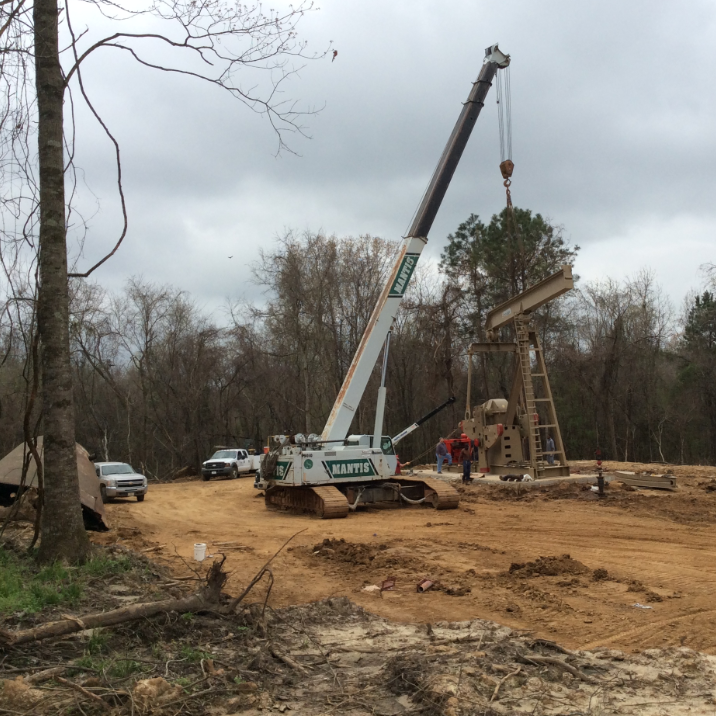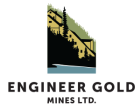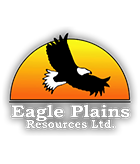Attractive, Smart, and Relatively Wealthy Oil Operator Seeks Your Attention
May 23

Let’s face it, mainstream financial media has trained investors to think shale plays like Bakken, Eagle Ford, Marcellus et al. are the only game in town.
Now I’m no T. Boone Pickens, but I know they’re ignoring more than a few proven oil fields.
Disregarding conventional projects in favor of shale could continue to be a costly mistake for investors and operators alike moving forward.
Like a moth to a flame…
After harnessing the power of horizontal drilling, the oil industry was drawn toward hydraulic fracturing and shale like a moth to a flame. As a whole, it abandoned conventional shallow prospects, historically its bread and butter, and flew directly toward the orange yellowish glow of this newer (dare I say sexier) more controversial technique.
Easy money leads to oversupply.
Thanks to an era of easy money and $100 per barrel pricing, banks, brokers, and their clients lent to just about anyone willing to borrow. Therefore, oil operators took the money. And I guess they had to, those fancy horizontal wells don’t come cheap, each one can cost over $10 million.
As you can imagine… the bills start adding up quickly.
Thousands of wells would never have been drilled if cash from operating activities were the only funds available. Levering up ruled the day! Even sub-par outfits were able to borrow, borrow, and borrow some more, betting they could pay back lenders after oil prices continued rising.
Long story short, drilling successes contributed to an oversupplied market (we’ll save the other factoids for another day), and lots of bettors got it wrong. Nearly all shale projects need at least $60 WTI to break even, some would argue much higher, so many oil companies are now facing a life and death situation.
If we break the industry down into three groups, here’s my interpretation:
1) Those who got burned flying too close to the orange yellowish glow [bankrupt]
2) Those who levered up and are forced to run faster to stay ahead of debt collectors [borderline delinquent]
3) Those who operated during the boom expecting a bust someday [healthy, strong, and control destiny]
Which of the three would you be attracted to?
Simplicity is back in fashion.
With enough time, what’s old always seems to become new again. Conservative, conventional operators like KFG Resources (CVE: KFG) (OTCMKTS: KFGRF) and its CEO Robert A. Kadane now look like the smartest guys in the room. Bob, as he prefers to be called, has first-hand experience spanning forty years. As a youngster he watched, learned, and then helped his dad manage a small fleet of drilling rigs back when oil was $3 a barrel. Maybe you’ve heard or know about guys who run around in Armani suits calling themselves “oil man”? You’ll see them more frequently during the boom times
… well that’s not Bob!
Granted, marketing and promotion aren’t his strong points, just look at KFG’s website. Rough around the edges, maybe, but Bob understands the oil business and knows how to run a tight ship, and that’s most important for KFG’s long-term success. Looking for proof of concept? Prime Energy (NASDAQ: PNRG) is a $135 million dollar exchange listed company Bob started for $500k and ultimately exited when its valuation was approx. $20M before starting his next venture(s)… a limited partnership and KFG Resources.
KFG controls its own destiny…
With help from his team, including G. Stephen Guido of Shamrock Drilling, Bob and KFG Resources have time to think wisely and make strategic moves aimed at creating shareholder value. Unlike many of its peers, whom are weighed down by debt or already bankrupt, KFG Resources controls its own destiny.
While the industry was chasing the latest and greatest shale play(s), bidding up prices, KFG Resources stayed true to what it knows best, low-cost high return conventional opportunities, primarily in Mississippi and Louisiana.
Hold it… “Low cost high return”? Isn’t that what everyone is looking for, the kind of deal you only hear about from pitchmen, too good to be true type stuff.
Well, yes and no, please stay with me.
Hitting it where they ain’t!
To use a baseball analogy: drilling one of those fancy $10 million dollar horizontal wells into the Eagle Ford or Bakken is equivalent to swinging for the fence. You either hit a homerun or strikeout, there isn’t much room in between, success or failure.
Hitting homeruns are great! But the oil business can be less forgiving than MLB when it comes to strikeouts. Therefore, every winning baseball team (or portfolio of oil assets) needs players who get on base 30-40% of the time, and keep dry holes (strikeouts) to a minimum.
Occasionally, KFG Resources will hit a homerun, like it did with Craig #1 November 2013, this well paid back its initial investment in just 12 weeks! But singles and doubles are also in its game plan. Inevitably, dry holes will and have occurred, but with drilling costs under $650,000 (less than 7% of a horizontal), KFG Resources should always be able to take another swing at its best geological targets.
I can assure you, Wall Street and Bay Street are overlooking KFG Resources because of its small stature, but to me that’s part of its appeal. In my experience, independent investors improve their odds of success and make more money by hitting it where the professional analysts aren’t— then selling to them at a premium later.
Bottom Line: With proved crude oil reserves of 247 million barrels, as of Dec. 2010, Mississippi exhibits strong potential for the development of oil and gas reserves. KFG Resources manages risk by working with loyal partners who co-invest; it maintains a 10%-59% interest in 26 producing wells. Additionally, it earns monthly revenue per well as operator and servicer. Finally, the metrics work, Craig #1 cost approximately $650,000 to drill and complete, so for $65k (KFG’s 10% stake, then jumped to a 21% working interest at payout) it added 20 barrels of oil per day>>> roughly $403,200 in annual revenue at $60 per barrel>>> for KFG’s $65,000 investment! Obviously, that discovery wouldn’t move the needle for Exxon Mobil, but it’s a homerun for KFG, and with any luck it expects to hit a few more like Craig #1 this summer.
*Disclosure: author is establishing a long position in KFG Resources
DISCLAIMER: The information in this publication is not intended to be, nor shall constitute, an offer to sell or solicit any offer to buy any security. The information presented on this website is subject to change without notice, and neither Penny Stock Experts nor its affiliates assume any responsibility to update this information. Additionally, it is not intended to be a complete description of the securities, markets, or developments referred to in the material. Penny Stock Experts and its Author(s) cannot and do not assess, verify or guarantee the adequacy, accuracy or completeness of any information, the suitability or profitability of any particular investment, or the potential value of any investment or informational source. Additionally, Penny Stock Experts and its Author(s) in no way warrants the solvency, financial condition, or investment advisability of any of the securities mentioned. Furthermore, Penny Stock Experts and its Author(s) accept no liability whatsoever for any direct or consequential loss arising from any use of our product, website, or other content. The reader bears responsibility for his/her own investment research and decisions and should seek the advice of a qualified investment advisor and investigate and fully understand any and all risks before investing. Information and statistical data contained in this website were obtained or derived from sources believed to be reliable. However, Penny Stock Experts and its Author(s) do not represent that any such information, opinion or statistical data is accurate or complete and should not be relied upon as such. This publication may provide addresses of, or contain hyperlinks to, Internet websites, Penny Stock Experts takes no responsibility for the contents thereof. Each such address or hyperlink is provided solely for the convenience and information of this website’s users, and the content of linked third-party websites is not in any way incorporated into this website. Those who choose to access such third-party websites or follow such hyperlinks do so at their own risk. The publisher, owner, writer or their affiliates may own securities of companies mentioned in this publication.









